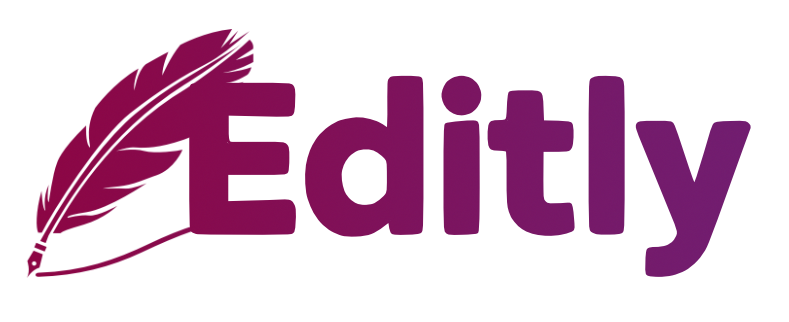The agency paradox: how to empower clients without compromising your work
It’s one of those contradictions we’ve all faced. We spend days — sometimes weeks — perfecting a site, polishing the UI, aligning every pixel to a brand’s voice… only to get a Slack message two days later: “Hey, can we change this sentence?” Followed by: “Oops, I think I broke something.”
Welcome to the paradox of agency life: empowering clients without opening the floodgates. Giving them control, without giving them control.
The illusion of autonomy
Clients want autonomy — and they should. It’s a good thing. A client who feels in charge of their own content is more likely to value the site you’ve built, to keep it alive, and to come back when they want more.
But here’s the rub: most clients aren’t web designers. They’re experts in their own field. When we hand them a full Elementor backend with nested sections, global widgets, and conditional displays… we’re not empowering them — we’re overwhelming them.
And let’s be honest: Elementor was not designed for content editors. It was built for creators. There’s a difference.
When freedom backfires
It starts with good intentions. You give full access to the builder. You trust the client. You train them, maybe even record a Loom video.
But a week later, the layout is broken on mobile. The spacing is off. The font-size has changed in one paragraph. And your inbox is full.
This isn’t just about visuals. It’s about your credibility. When a site you designed starts to look clunky, your name is still on it. Visitors don’t blame the client — they blame the builder. That builder is you.
Protecting your work ≠ disempowering your client
So how do you square the circle? You want to let them change copy, run promos, update offers… without touching the design.
The solution lies in intentional constraints. Not in locking everything down, but in defining what should be editable, and what shouldn’t.
This can mean:
- Creating a custom user role with limited backend access
- Using tools that separate content from layout (like ACF, or frontend forms)
- Or — if you use Elementor — implementing a visual editor only for text, with no risk of design breakage
That last point is a game-changer. Because ultimately, most clients don’t want full freedom — they want safe autonomy. The ability to tweak a phrase, fix a typo, or update a headline… without breaking the structure or needing to call you.
Empowerment is about boundaries
Think of it like child-proofing your kitchen. You’re not insulting the intelligence of your kids — you’re just creating an environment where they can explore safely.
In the same way, empowering clients doesn’t mean giving them full admin rights. It means giving them the tools to act without fear. Without consequence.
This is your craft. Own it.
Your design, your structure, your consistency — they’re part of your signature. Protecting that doesn’t make you controlling. It makes you professional.
And your client? They’ll thank you for it. Not just because their site looks clean and performs well, but because they feel confident using it — without ever breaking it.
You didn’t just deliver a website. You delivered peace of mind.
